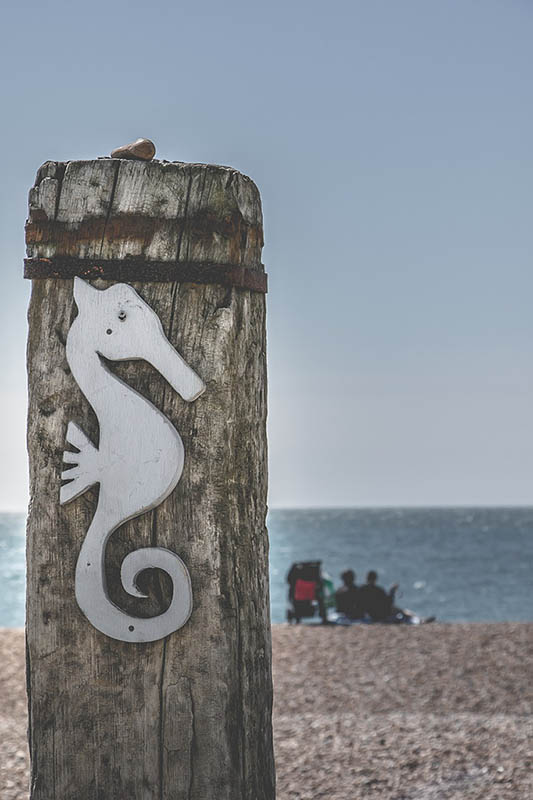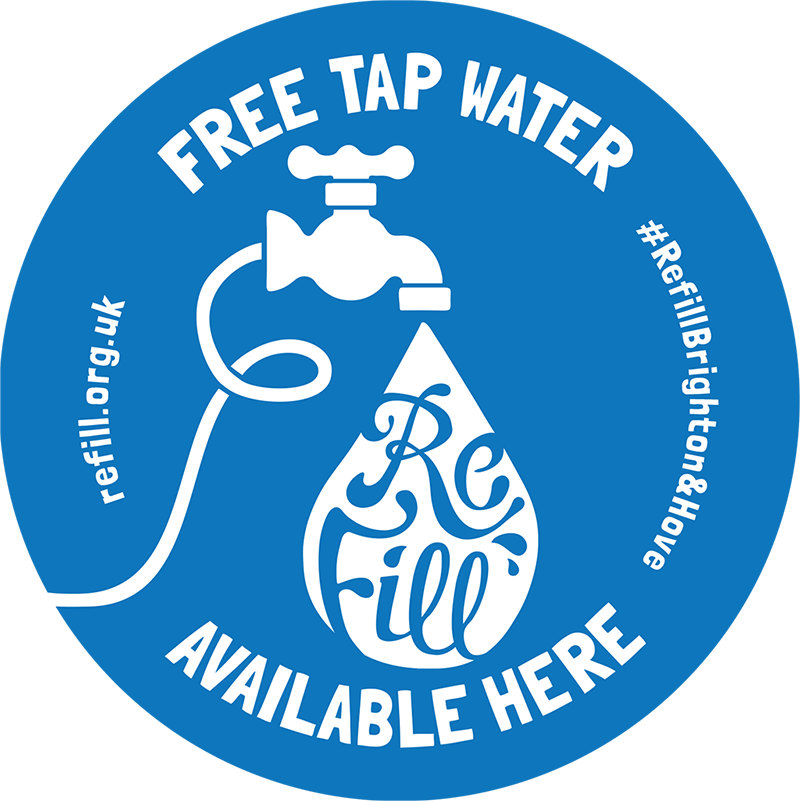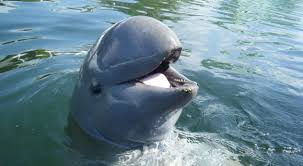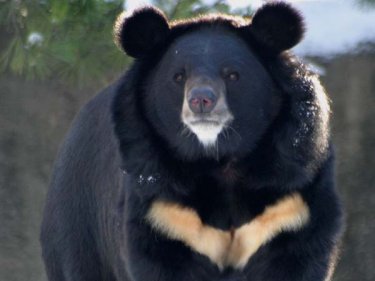The EU referendum is happening on the 23rd of June 2016. As the date is coming closer, the debate is heating up and there are arguments for staying in as well as leaving on both the right and the left side of the political spectrum. The EU has been criticised for being intransparent and undemocratic, for example lately in regards to the negotiations of the possible trade agreement between EU and USA TTIP. Besides, some economists suggest that the UK could do better economically without the restrictions coming from Brussels that concern standards in environment, health and safety, creating a freer market and more opportunities for businesses. The argument to leave is also supported by the worries of some people in the UK, which claim that the British welfare system is drained by unrestricted immigration within the EU, for example by workers from Eastern Europe.
Our local MPs seem to disagree with these positions. Here is what they think about whether or not to stay in the EU:
Caroline Lucas (Green Party, MP for Brighton Pavilion):
Caroline Lucas has voiced a strong preference for staying in the EU. Even though she understands much of the criticism, especially criticism coming from the left, such as the EU being undemocratic and intransparent, she thinks that the UK will only be worse off in isolation.
“Of course the EU isn’t perfect—and clearly needs reforms. The austerity inflicted on Greece—and the harm it’s caused—reflects the current political trend among European governments at the top table in Brussels. The same is true for TTIP. It is right-wing governments, like the U.K.’s own, which are pushing it through—and if Britain were to go it alone we can be sure that the Conservative Party would look to sign ever more bilateral trade deals with exactly the same toxic terms.”
Therefore, Lucas strongly urges UK citizens to vote to remain, as she thinks that the UK can tackle the big crises like climate change, the refugee crisis and the failure of the financial system only in coalition with other EU countries. However, her call to stay in comes accompanied by a wish to radically reform the EU.
Peter Kyle (Labour, MP for Hove and Portslade):
Peter Kyle, too, strongly favours remaining in the EU. In a joint article of all three Brighton MPs (Kyle, Lucas and Kirby), they pointed out that it is crucial for the small businesses, which Brighton thrives from, to stay in. There are about 12.000 of these local businesses in Brighton and Hove that benefit from the economic stability and the access to a single market with 500 million consumers to export to which the EU offers. Leaving the EU would unsettle this economic stability and create huge uncertainty for businesses in Brighton, the MPs stress. Besides, it would harm the international flair that makes Brighton such a great and open-minded place:
“[...] we’re lucky to have so many talented people from other EU countries coming to our city to work in our cutting edge industries – a right that Brightonians also enjoy when they travel to other EU countries to work.”
Simon Kirby (Conservative, Kemptown):
Lastly, Simon Kirby also takes the position of remaining in the EU. This decision comes mainly from his role as party whip. He explains on his own website, that he believes there are strong arguments on both sides, but that he follows and supports the decision made by the Prime Minister. While he believes that Britain will be stronger in Europe, he states, that taking this position was a decision that was difficult to make.
So, all three Brighton and Hove MPs seem to agree on the issue:
“As MPs from three different parties we have many differences, but one thing we agree on is that our city is better off because of Britain’s membership of the European Union.”
If you’re still not convinced, here are some more great things that the EU does for the UK:
-
Jobs: And a whole load of them. 3.1 million British jobs are, according to a report by the Centre for Economics and Business Research published in October 2015, dependent on the EU. Plus, there is also the aforementioned single market of 500 million consumers which the EU provides, that comes handy for exporting products more easily. Additionally, the EU gives subsidies to British farmers, helping to create job stability in the agricultural sector.
-
Freedom of Movement: Because of the EU, UK citizens can travel, work and retire wherever they want in the EU. That makes holidays easier and safer but it also means better job perspectives for many EU citizens including those from the UK. And it is also a point that the roughly 750.000 Brits living in Spain would, presumably, agree with.
-
Consumer protection: There are equal consumer rights in all EU countries, which means UK citizens can shop anywhere in Europe with the same ensured transparency on the side of the seller and the same quality and safety of products. One example for this is the two-year guarantee on all products which EU residents enjoy.
-
Environmental protection: through common standards set by the EU, environmental issues have been brought up in the political agenda of national parliaments, like the UK’s. According to an analysis by Friends of the Earth, leaving the EU would have terrible consequences for the health of British nature and related to that the health of British people. It is because of policies which the EU has implemented, that we enjoy cleaner drinking water, cleaner beaches and cleaner air.
So, there are some reasons why staying in the EU isn’t so bad after all.
But, whatever you decide, make sure you vote! Voting takes place on the 23rd of June. If you are not already registered, you can register to vote here. If you are away on that date, for example at Glastonbury Festival, there is always the option of a postal vote. To vote by post, you need to apply by completing a postal application form and sending it to your local electoral registration office. The deadline to do so is on the 8th of June by 5pm.





